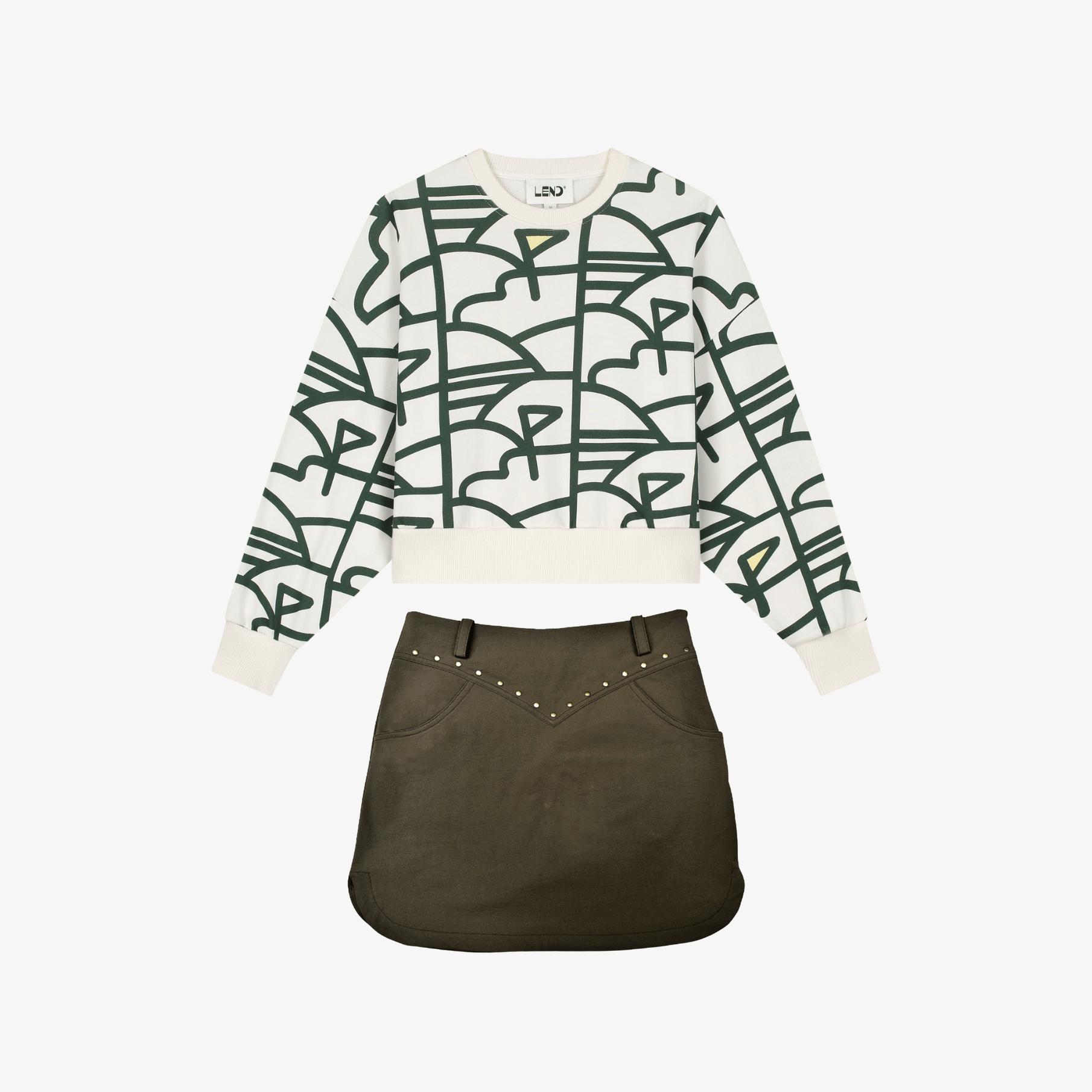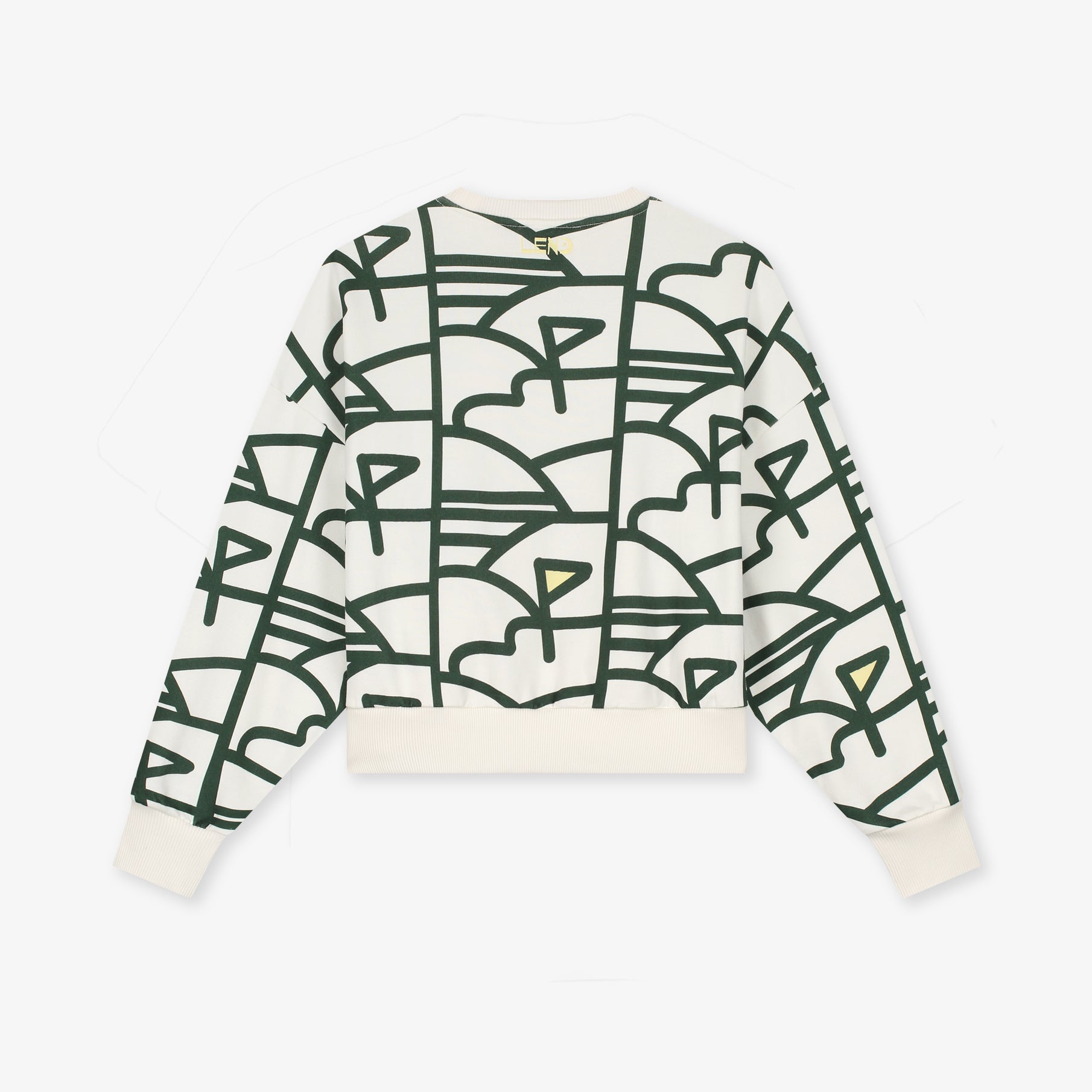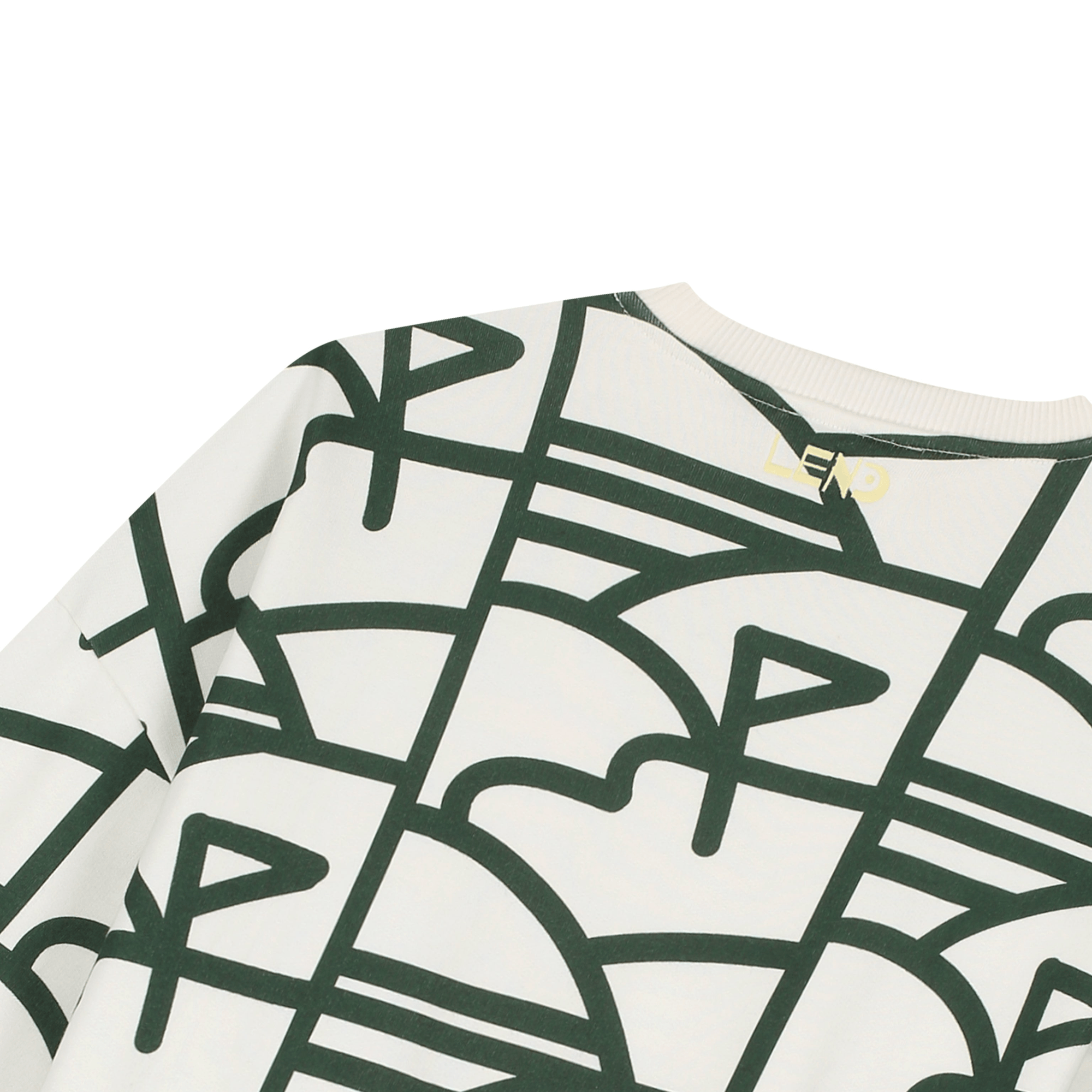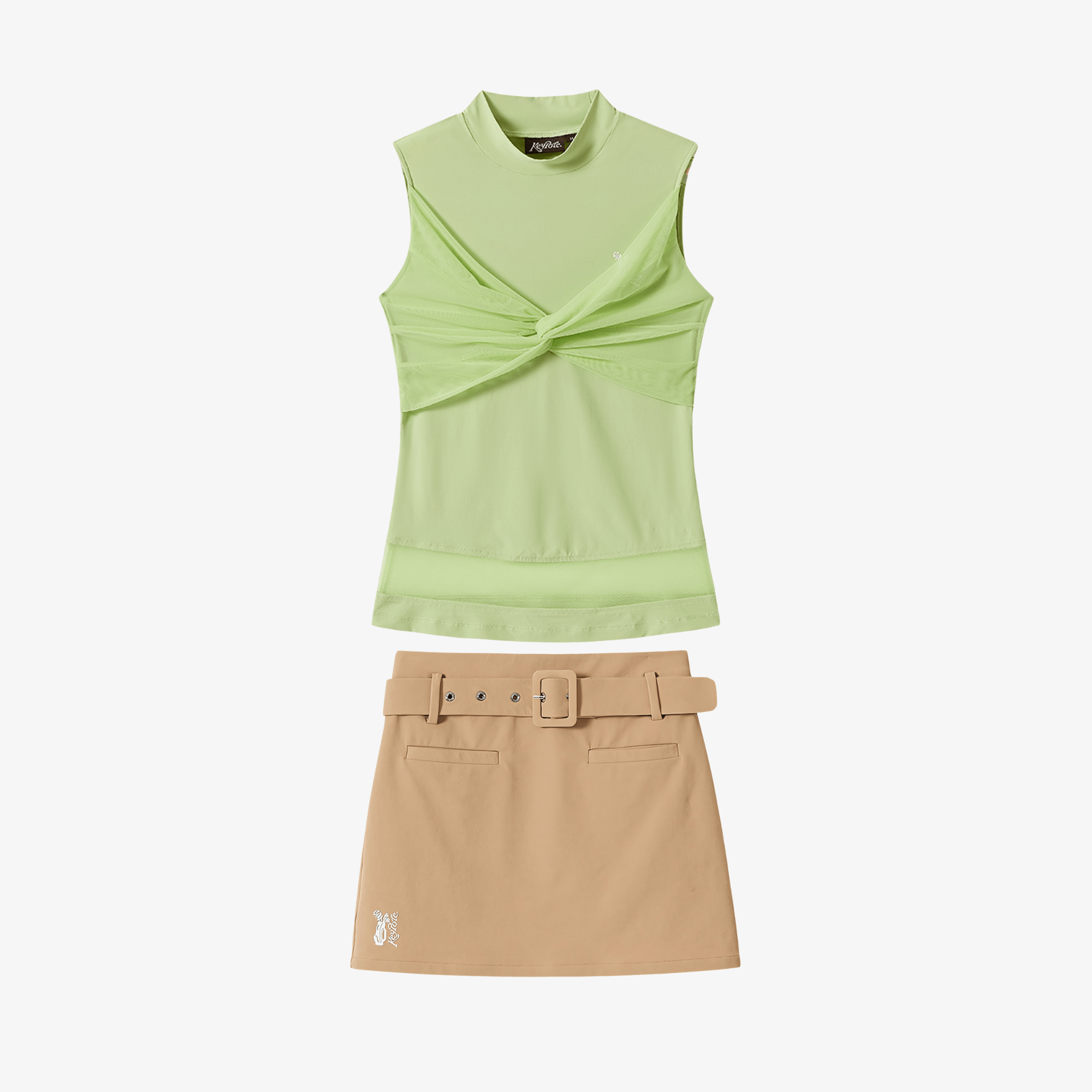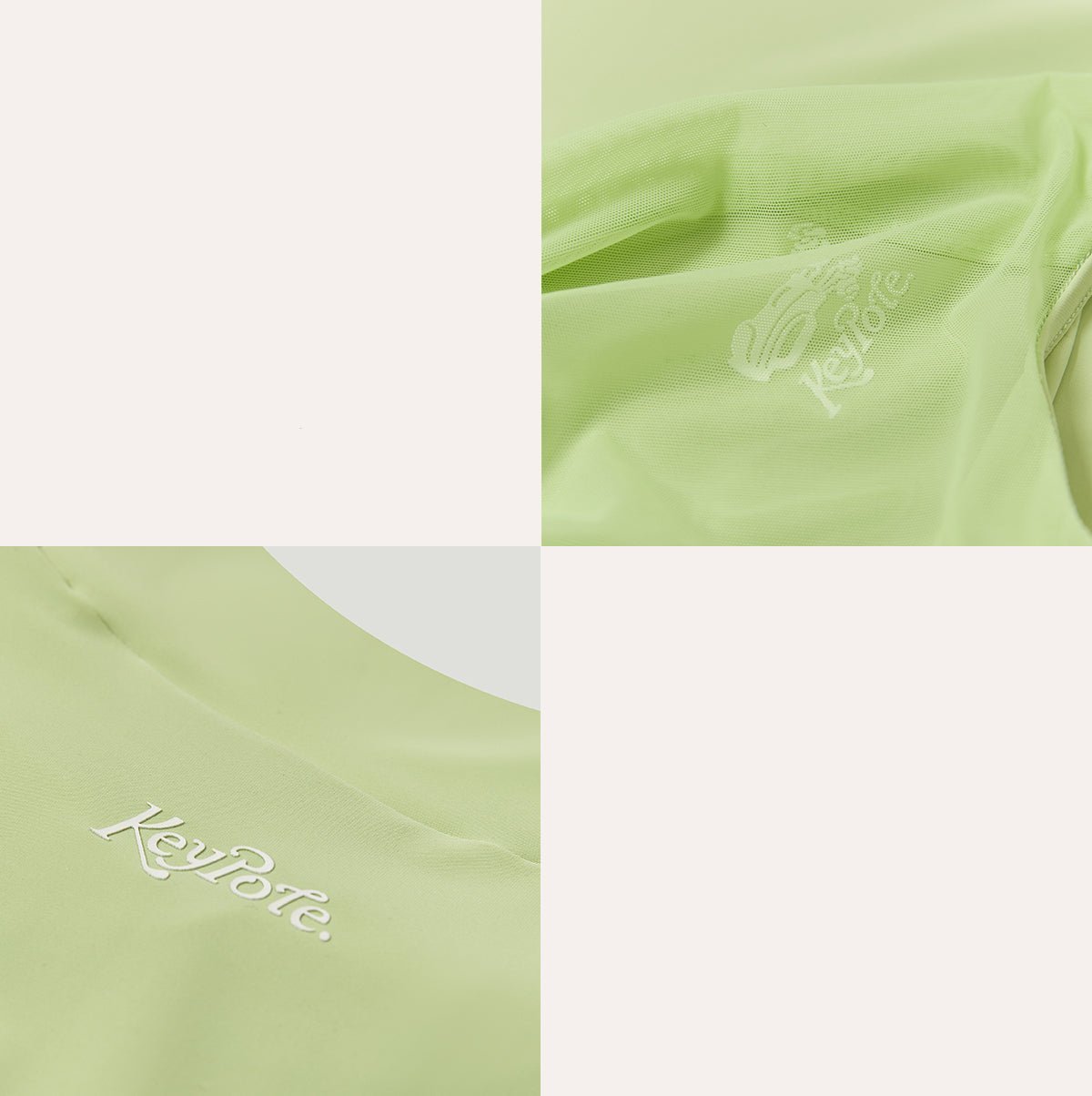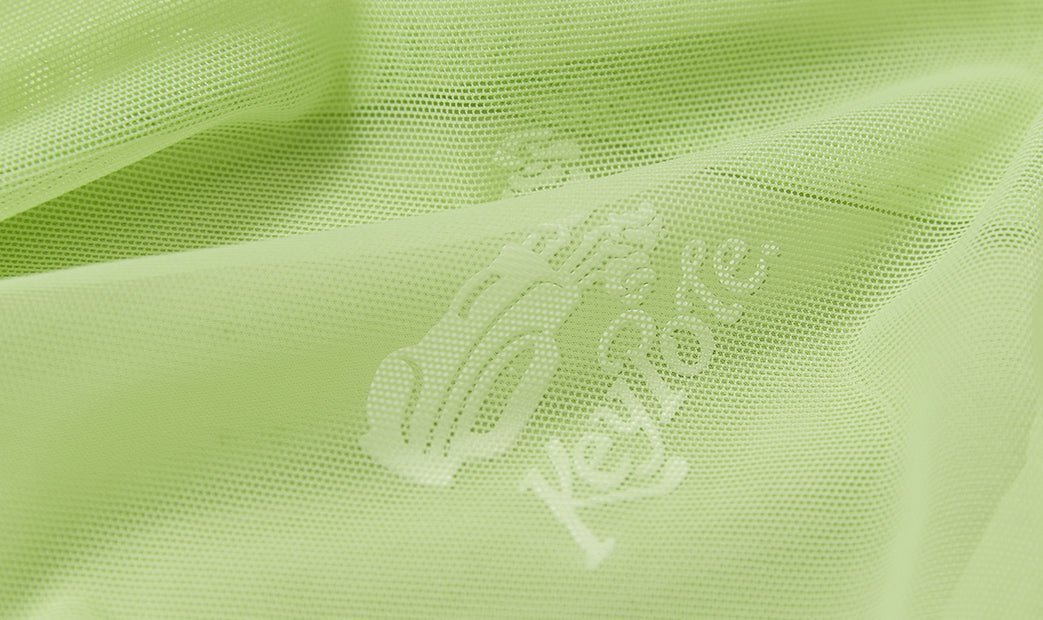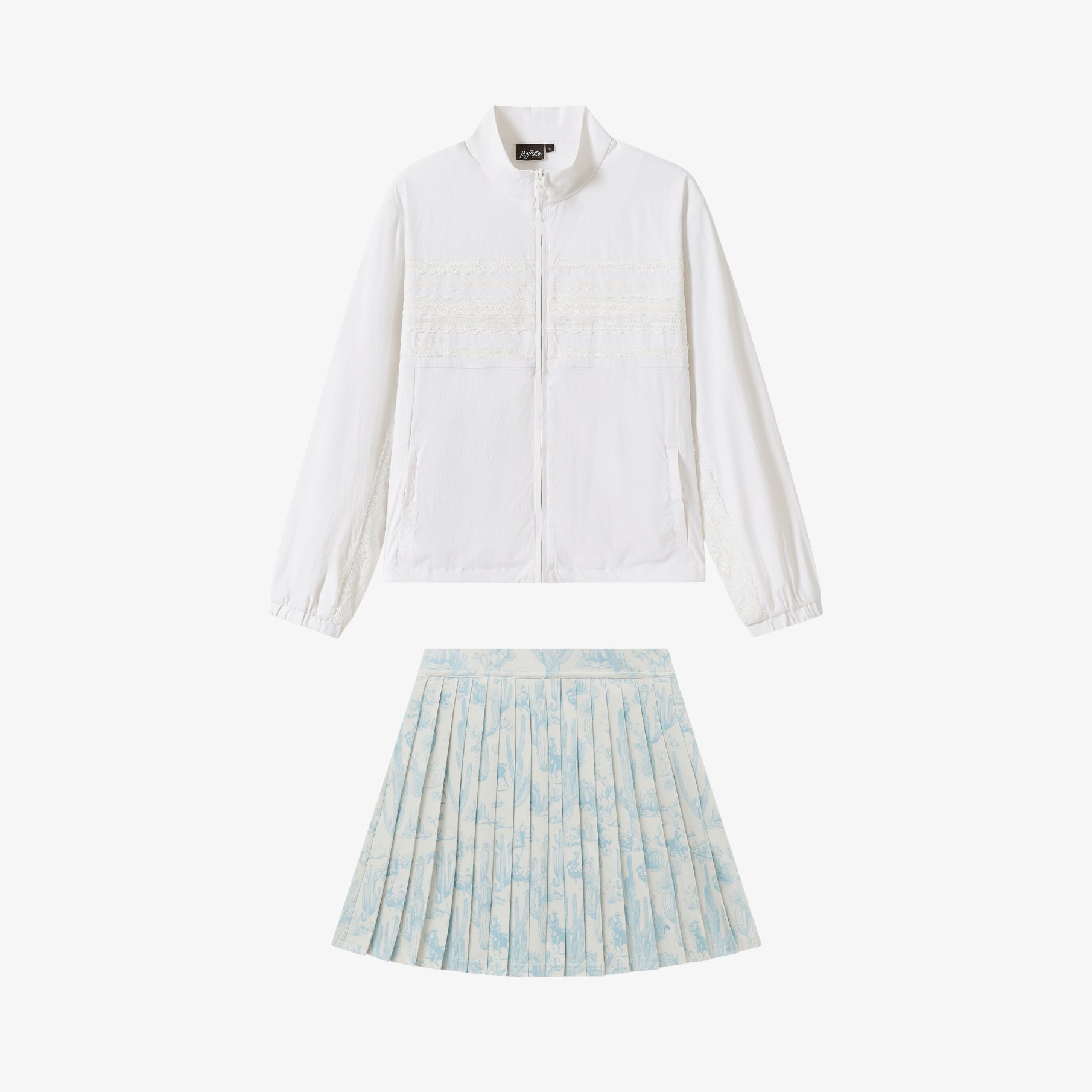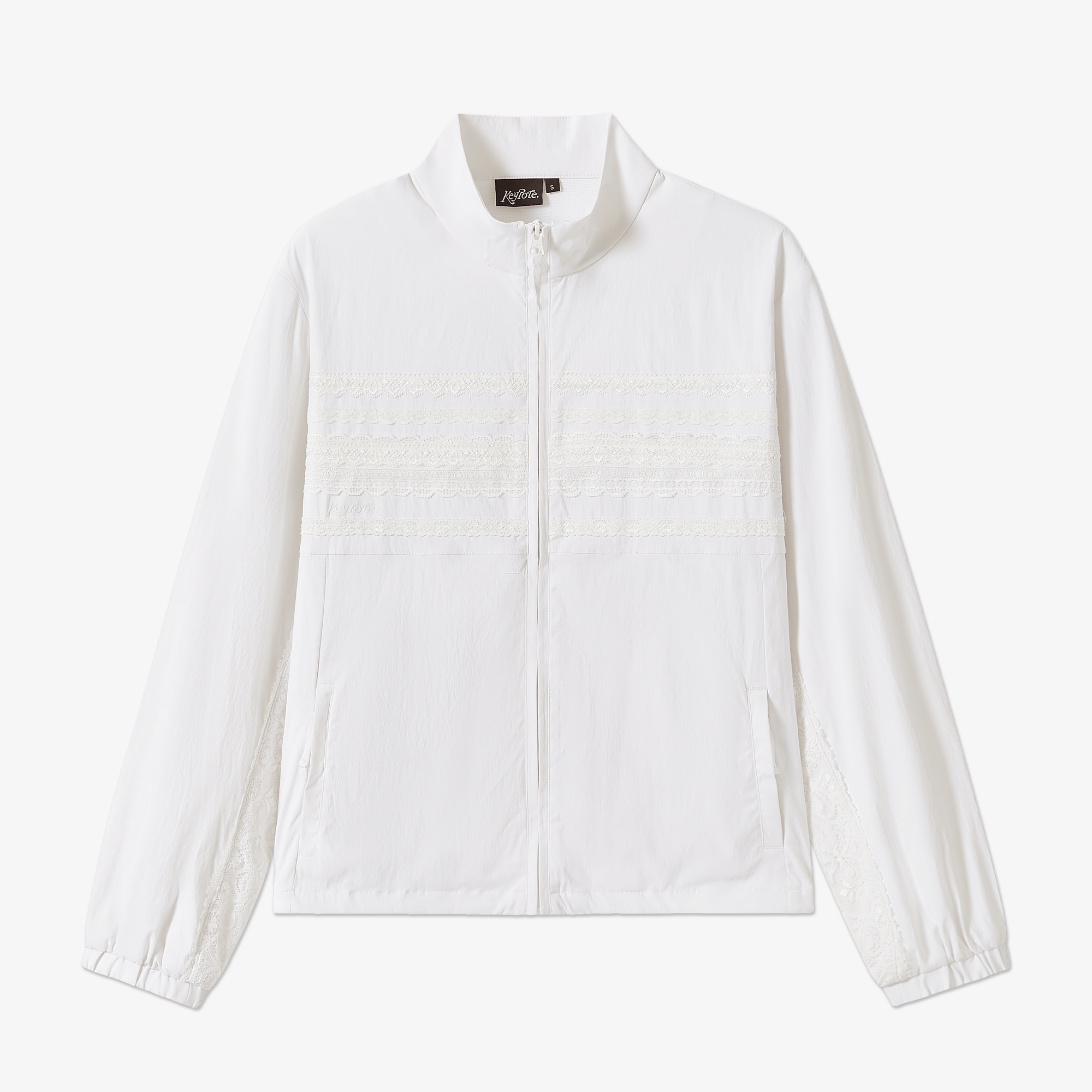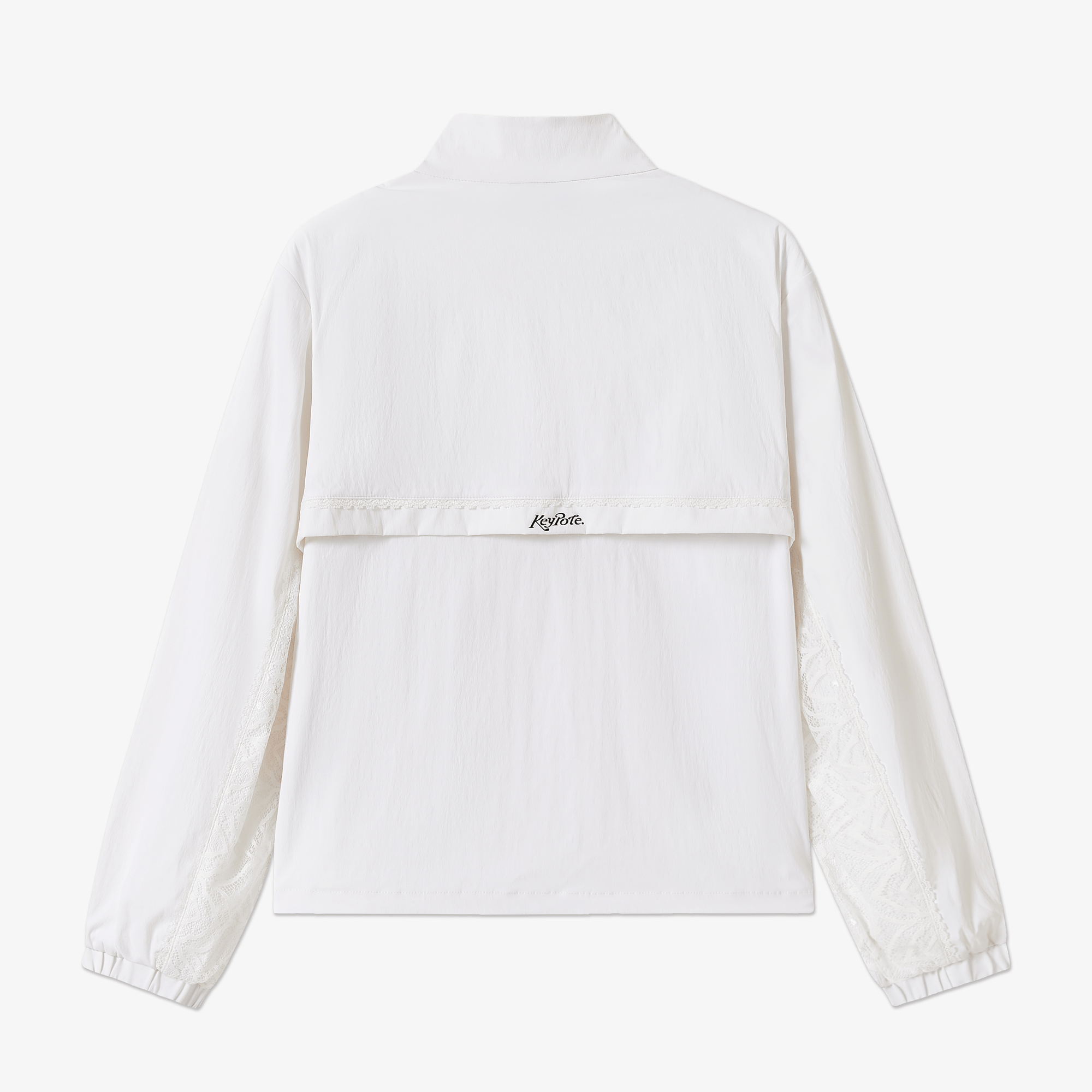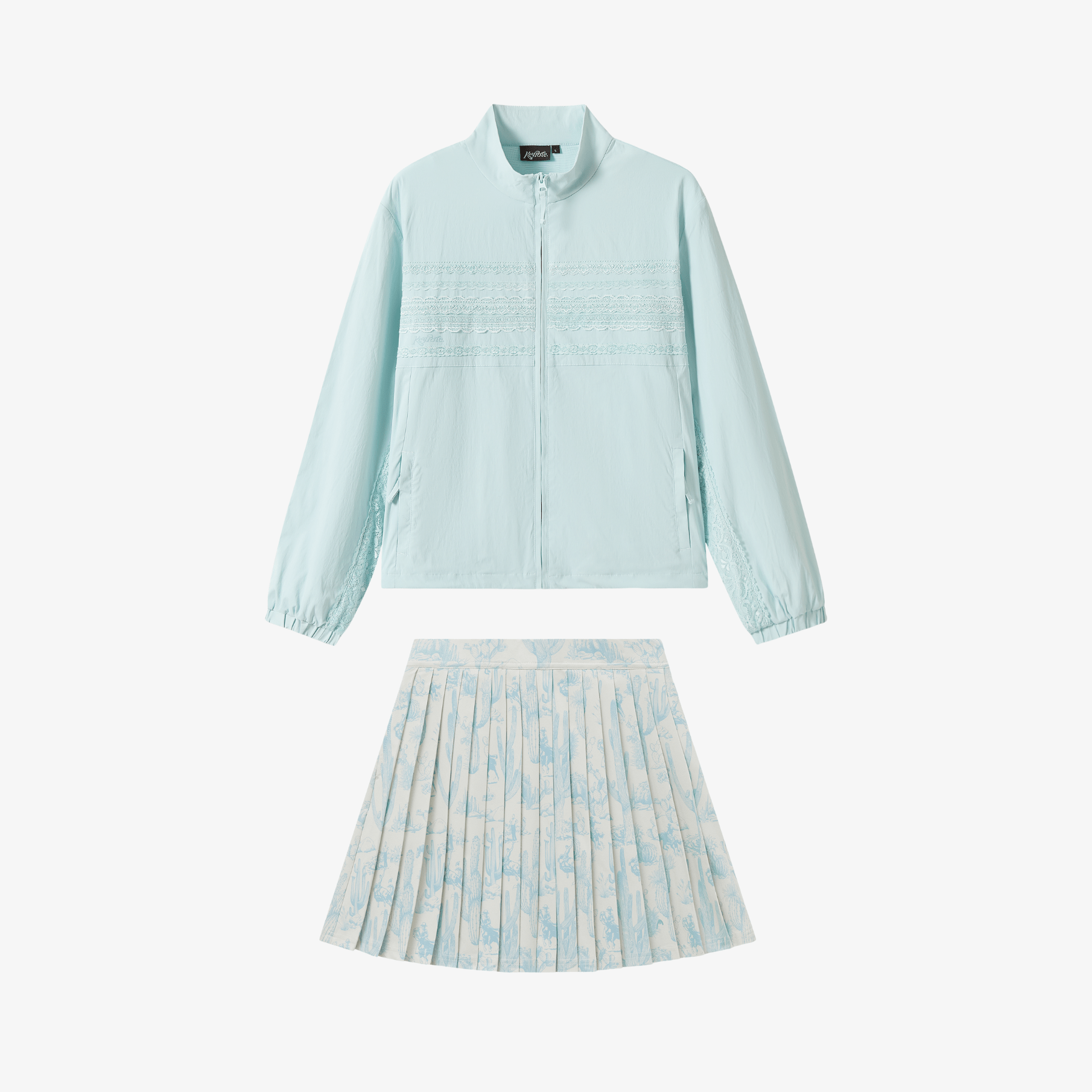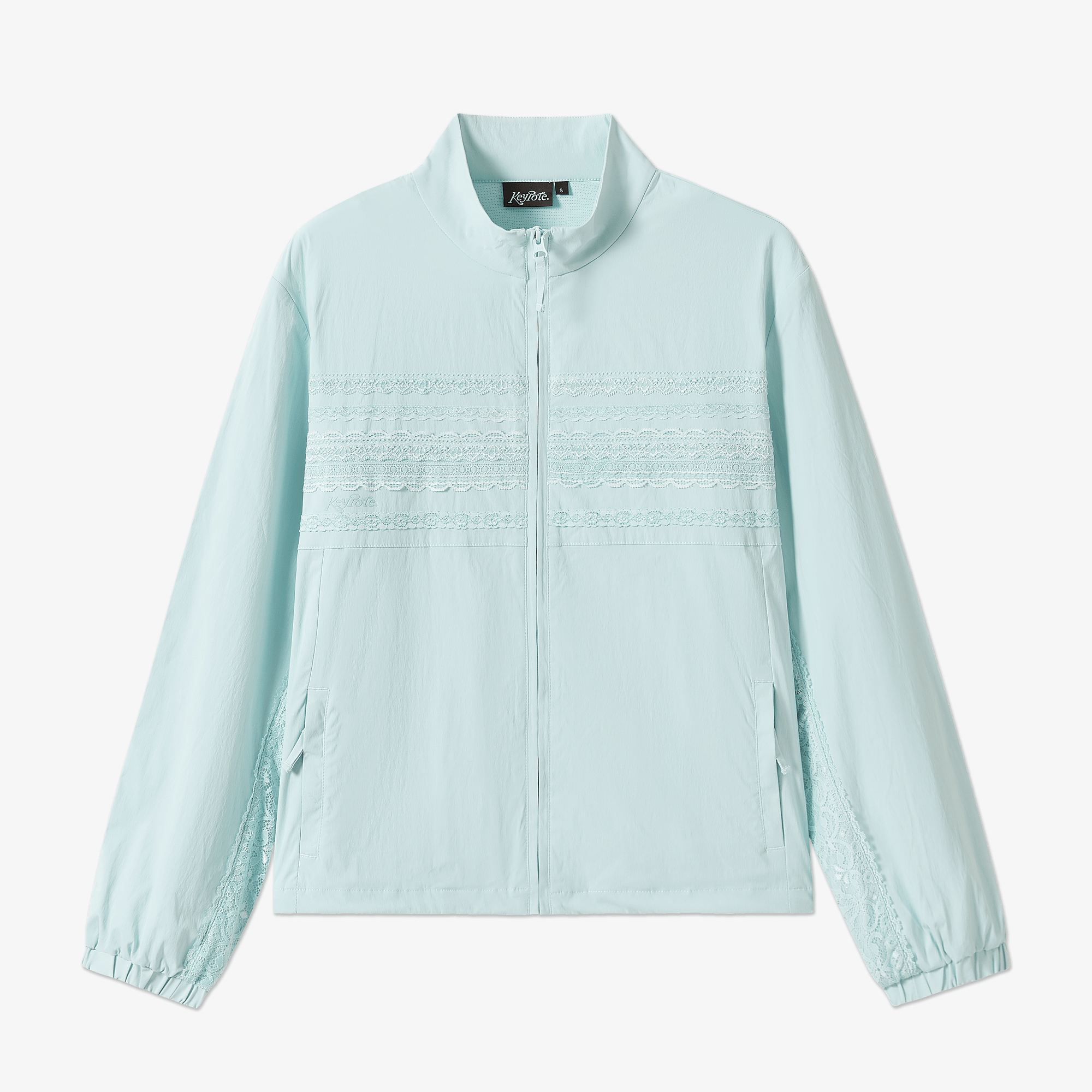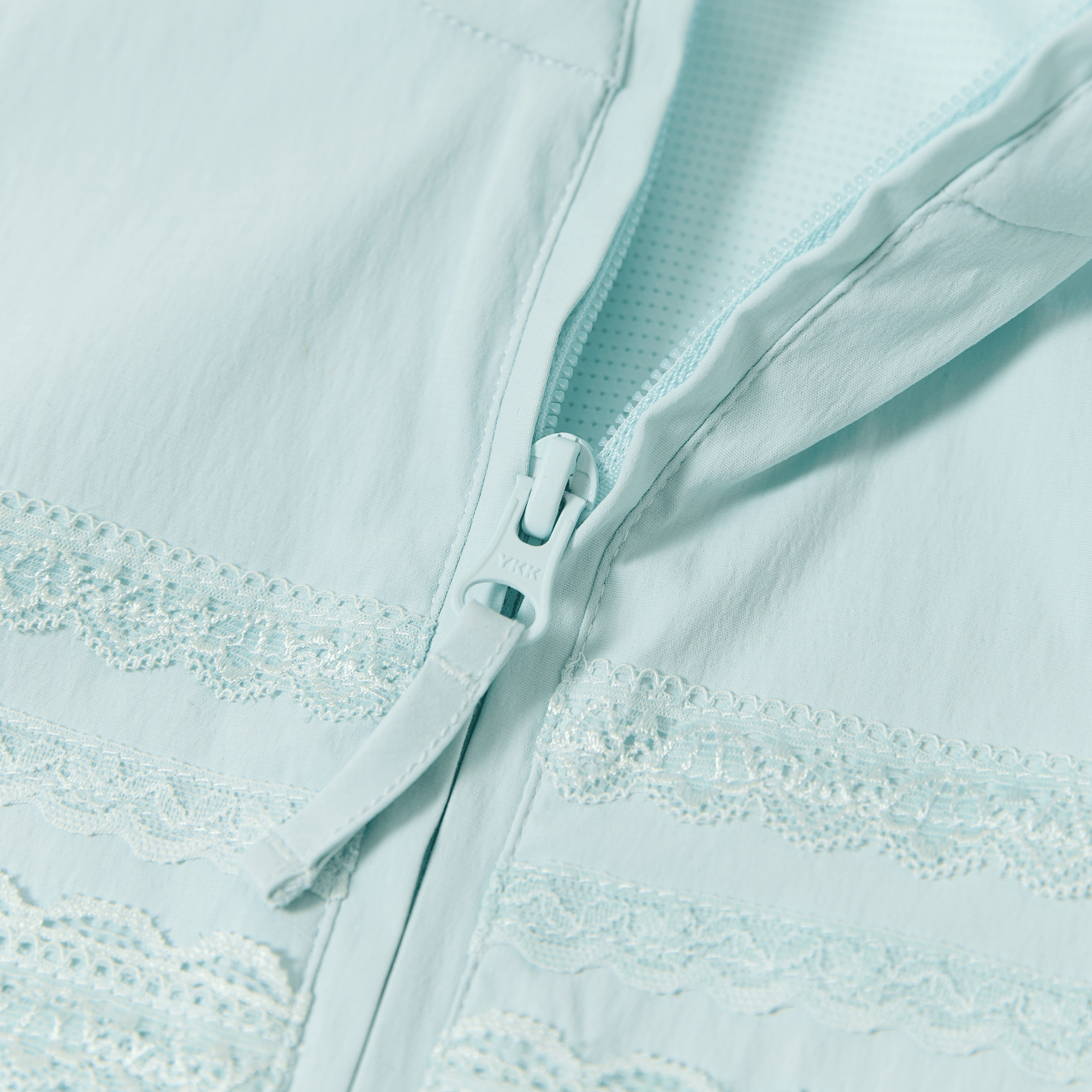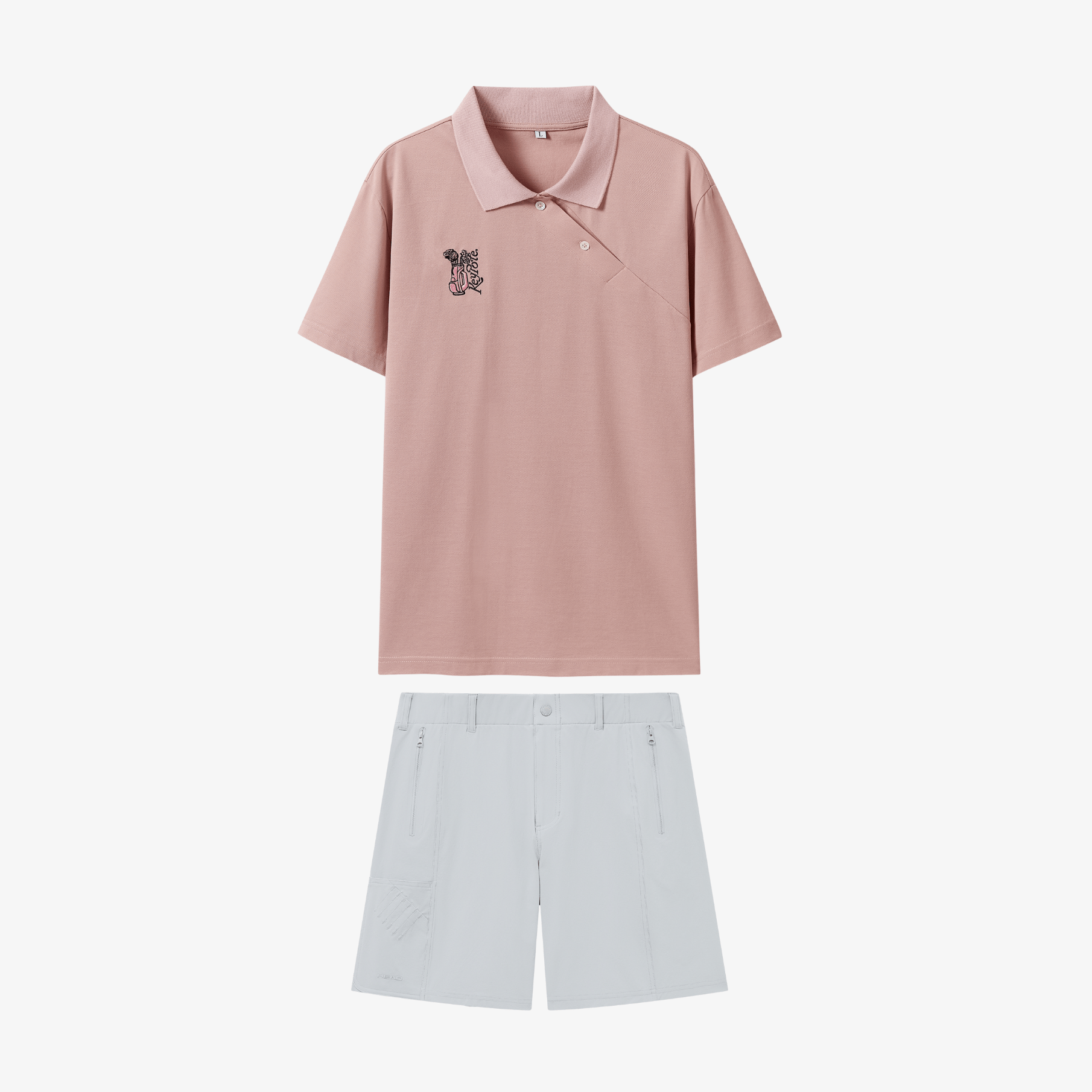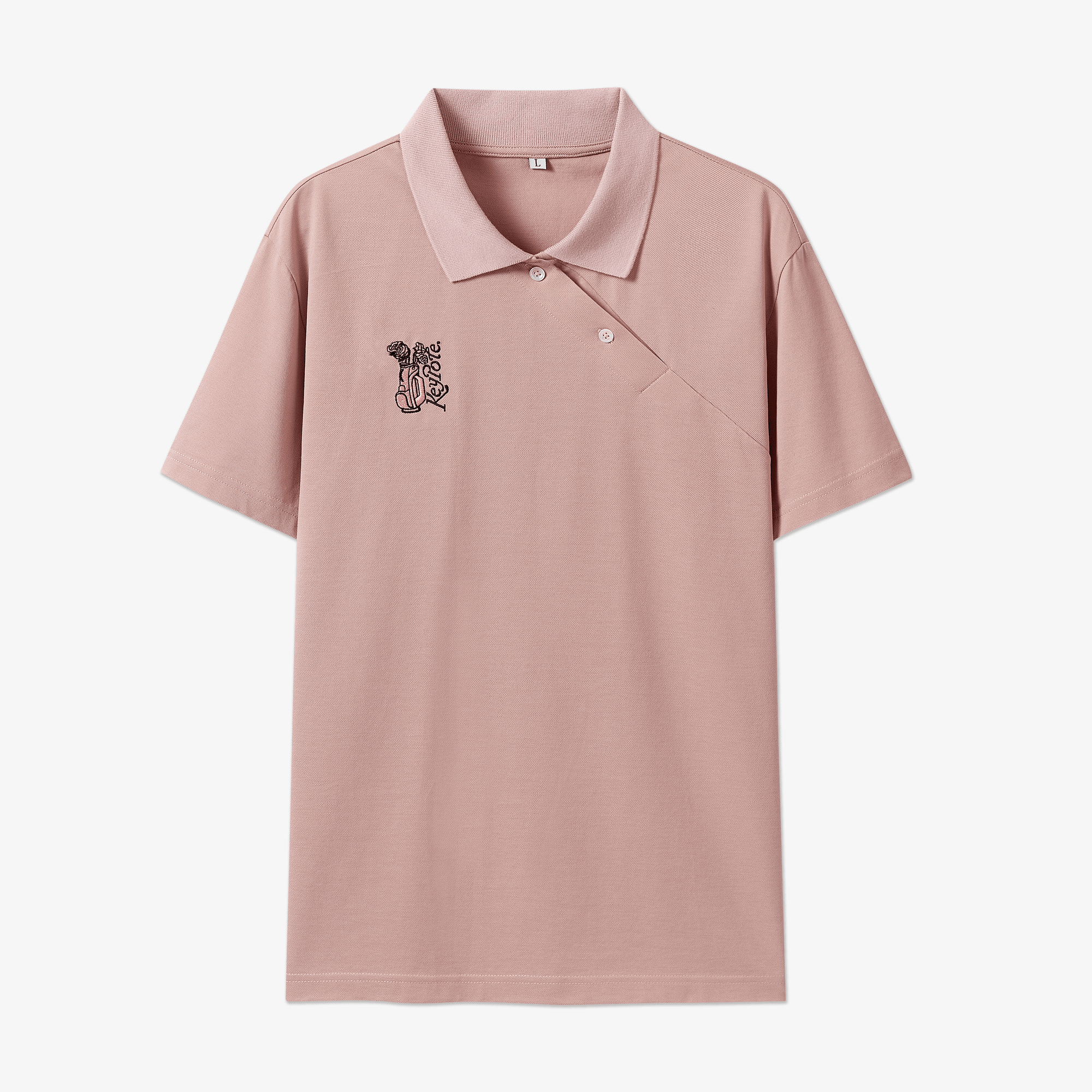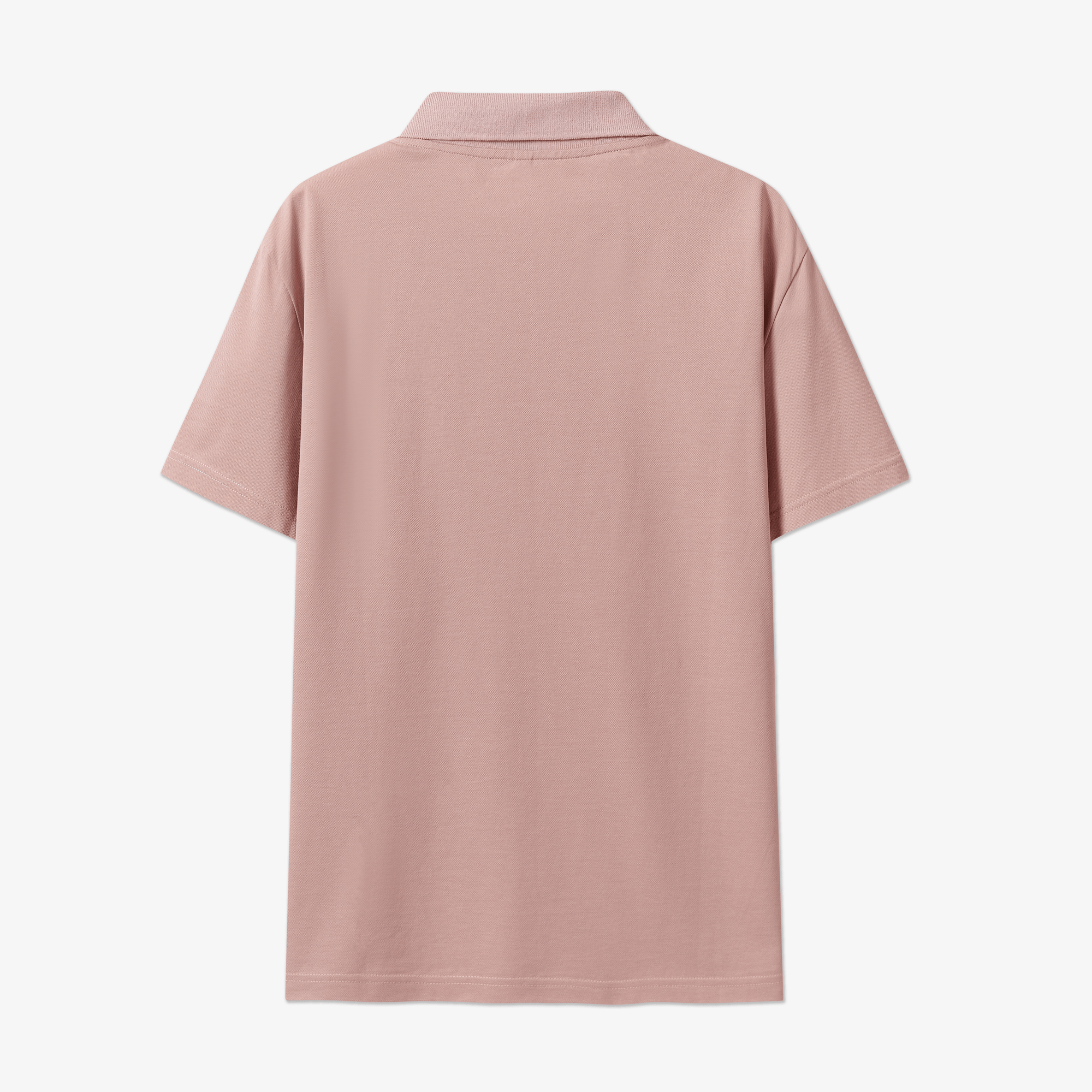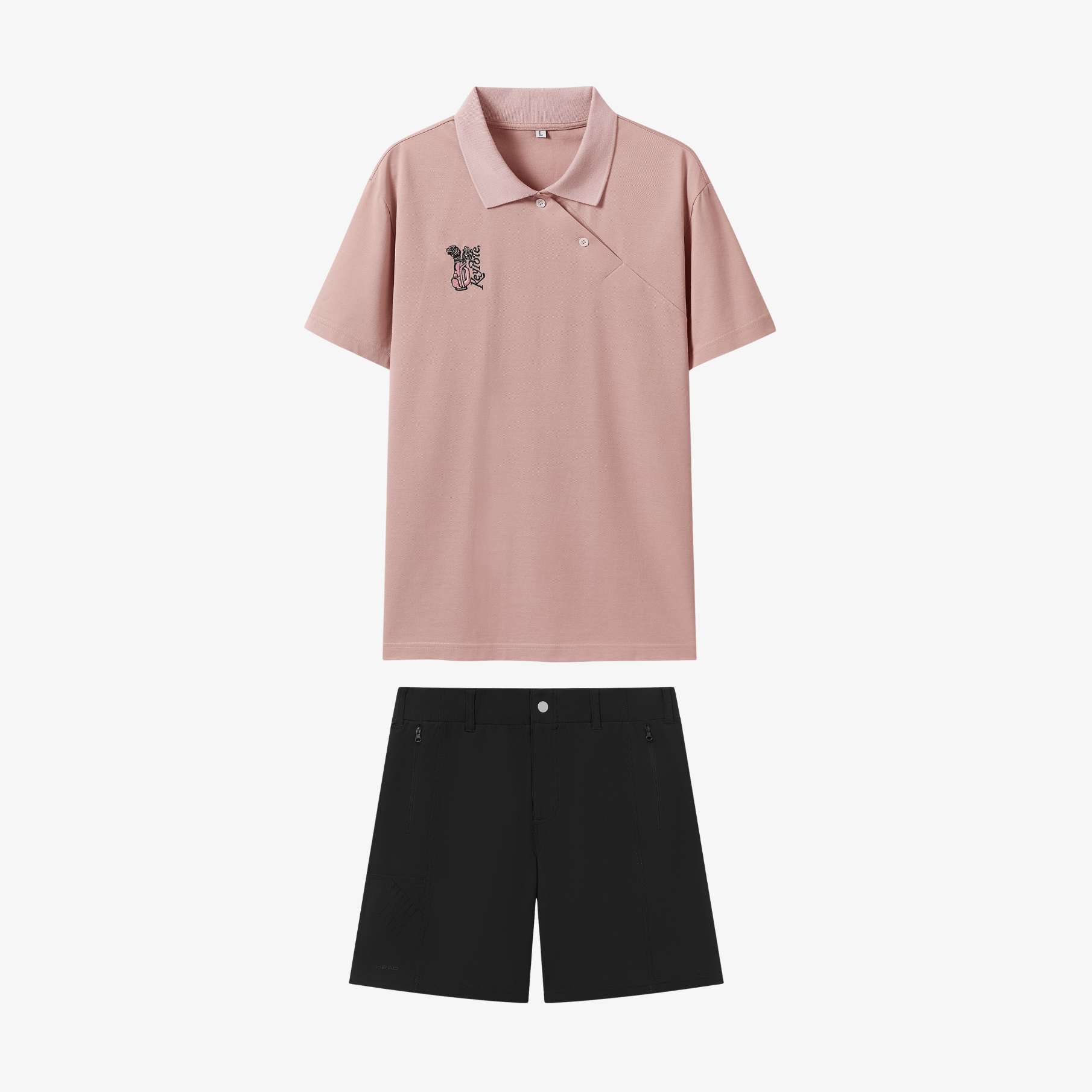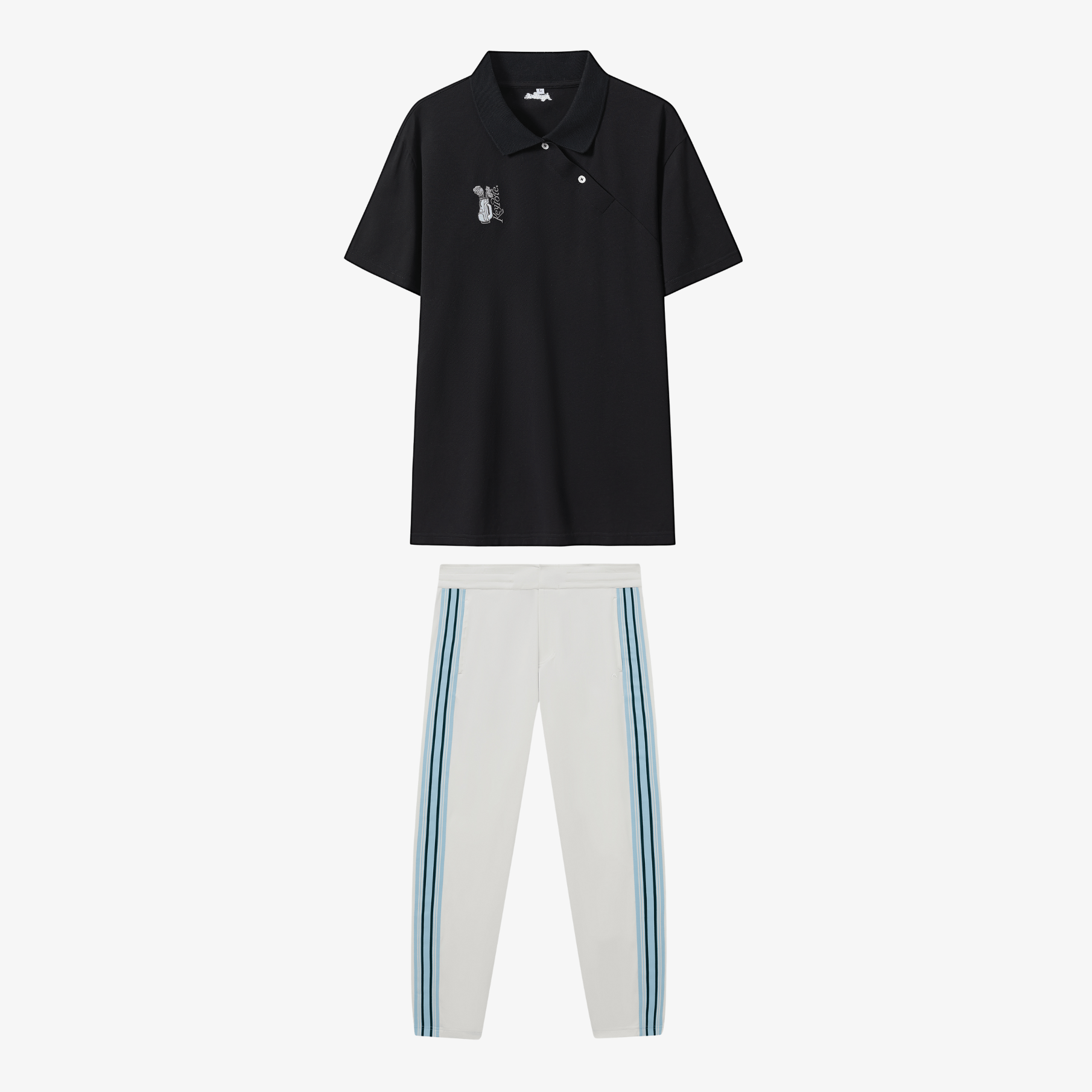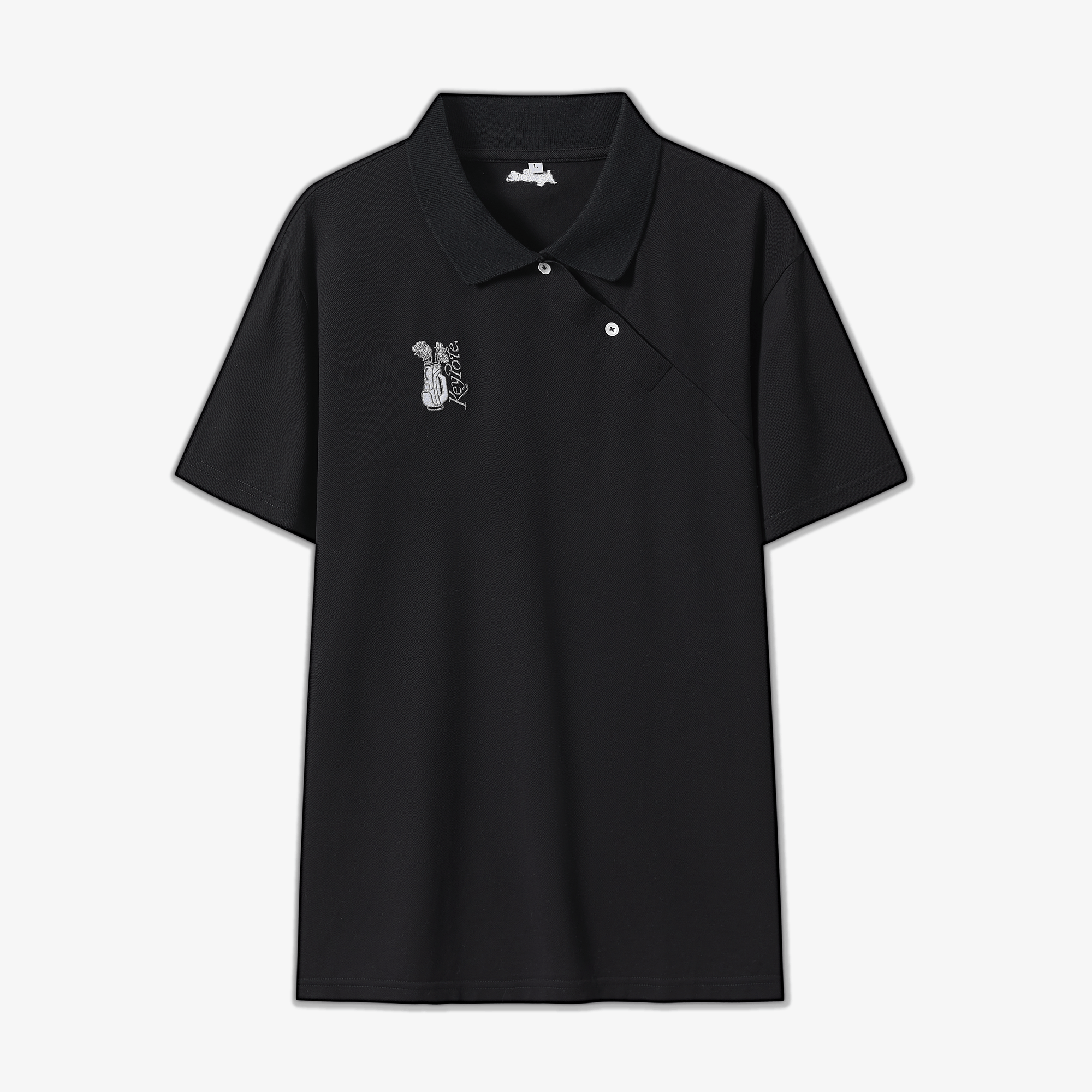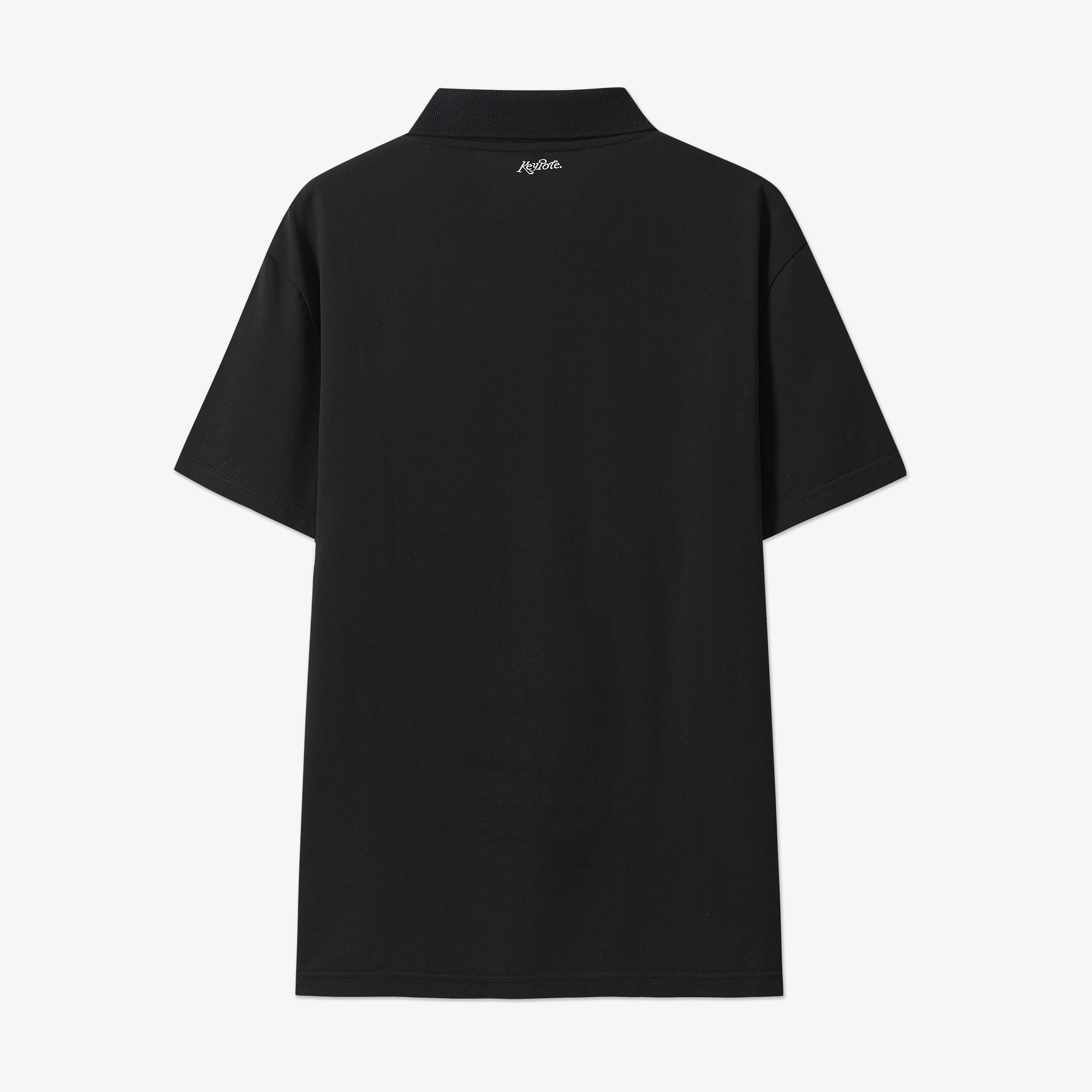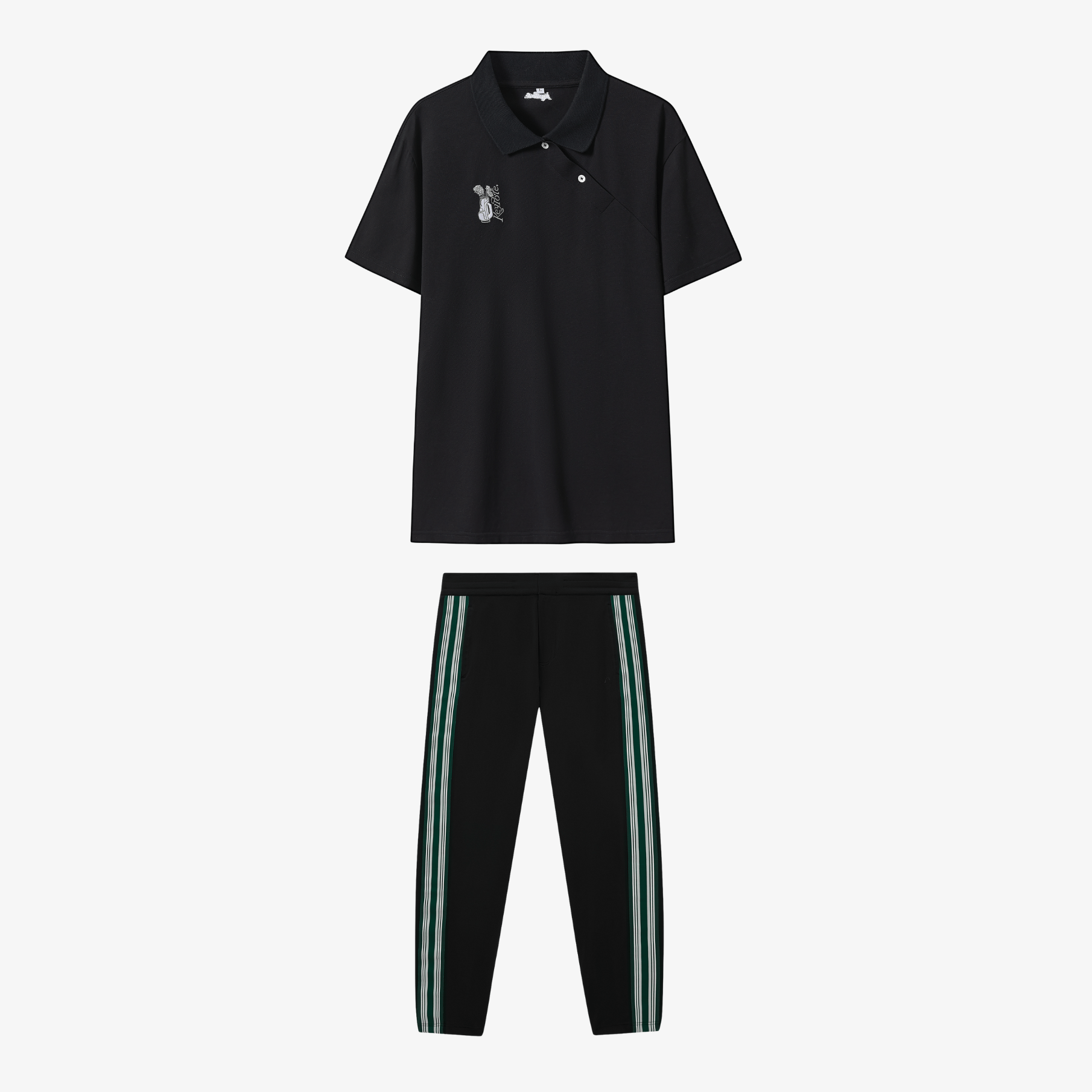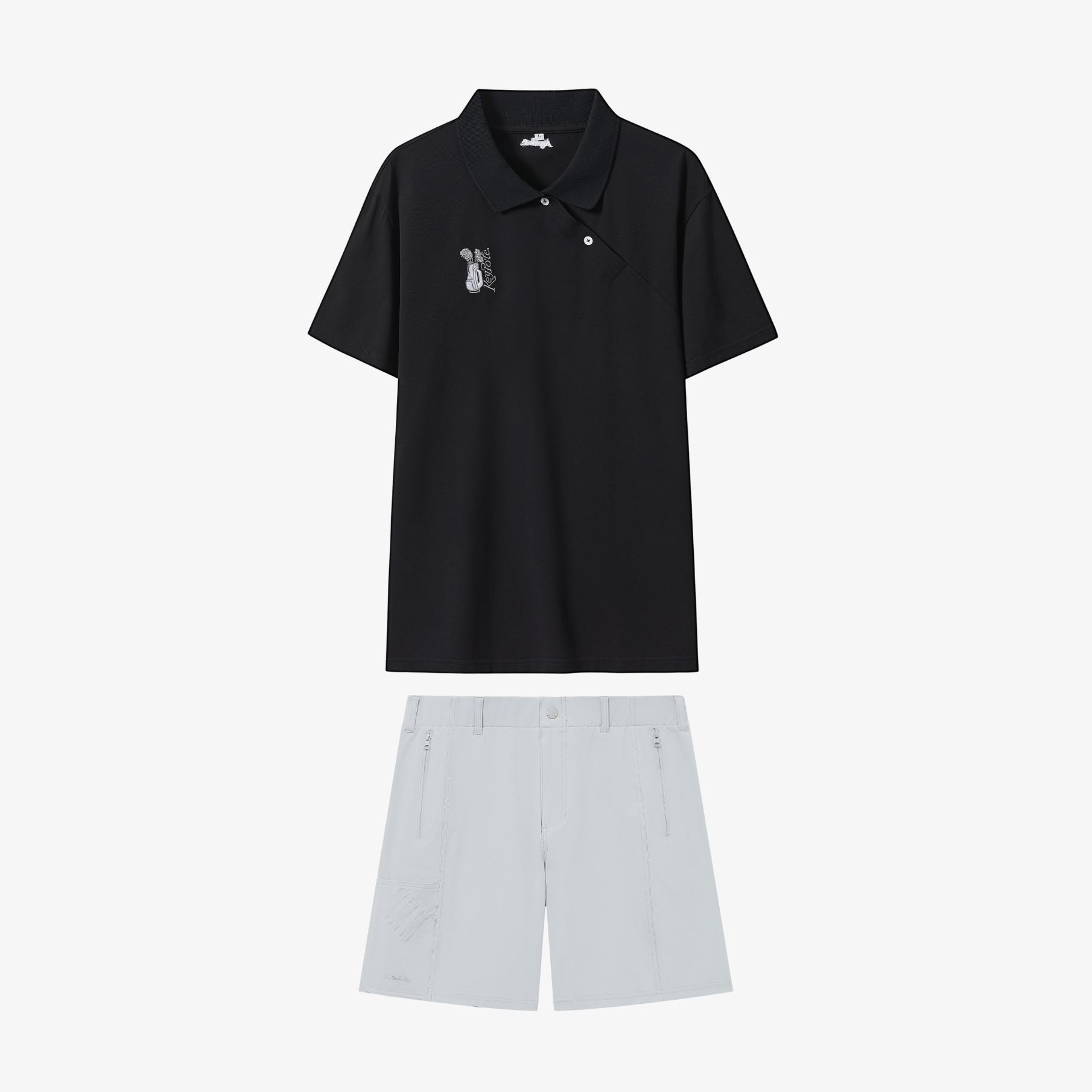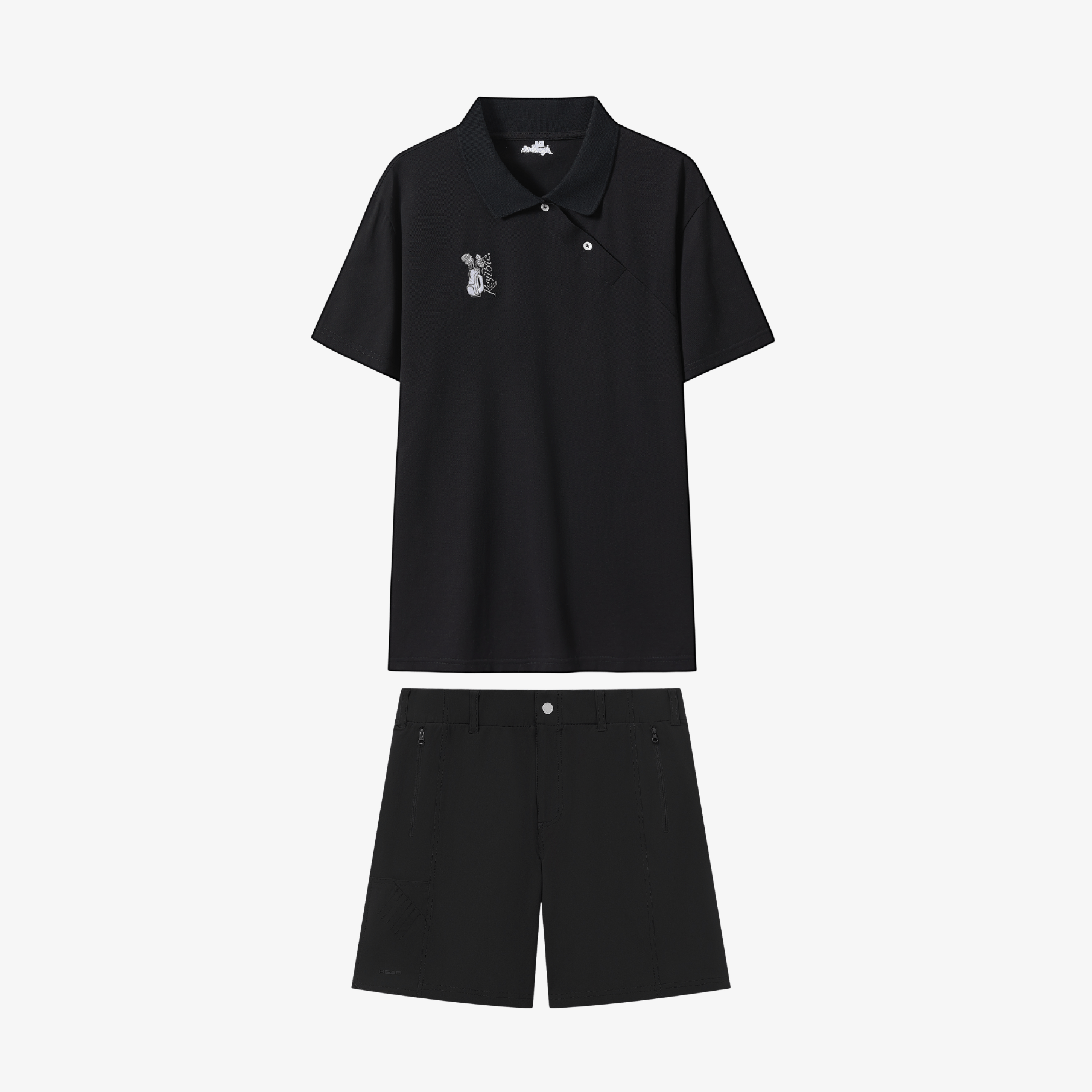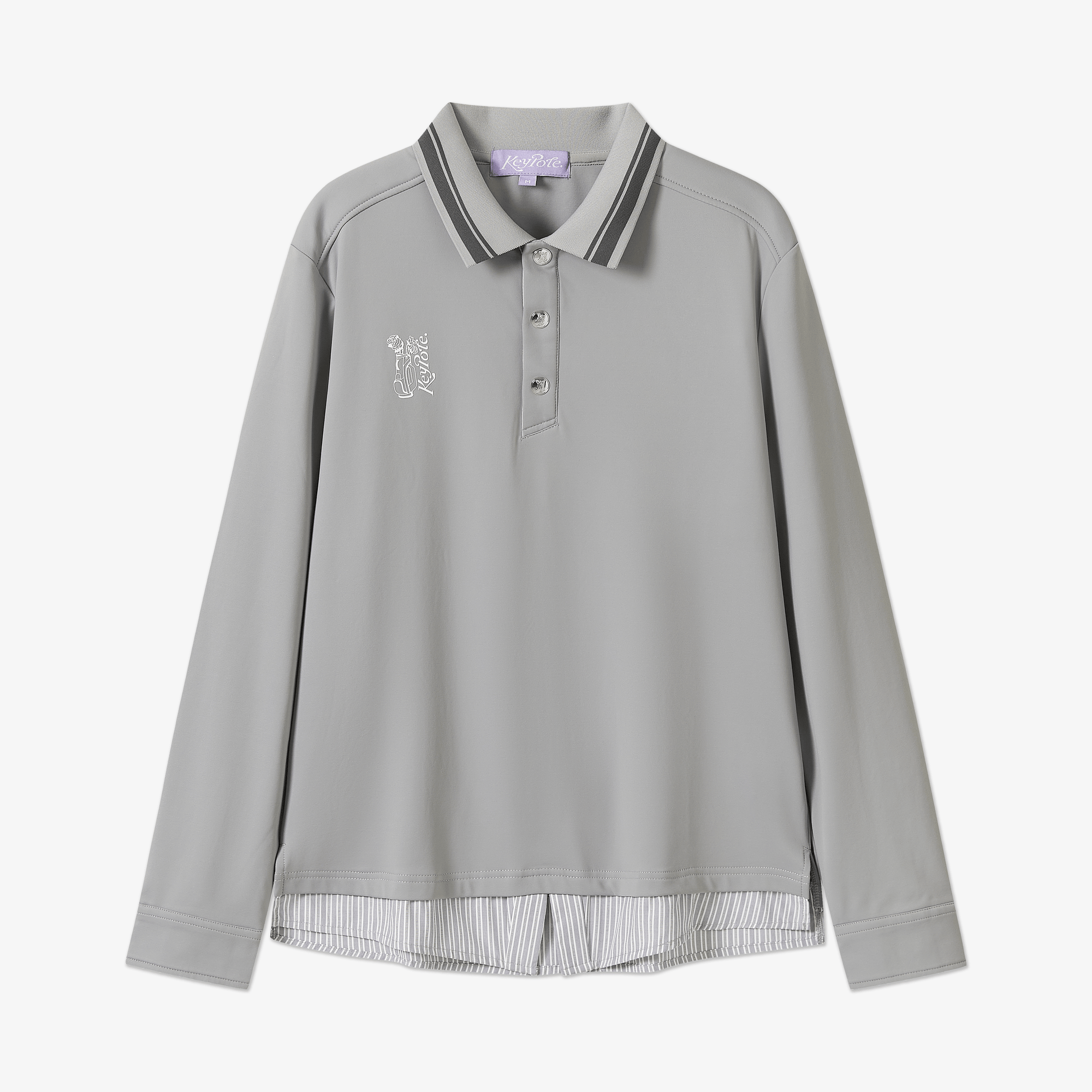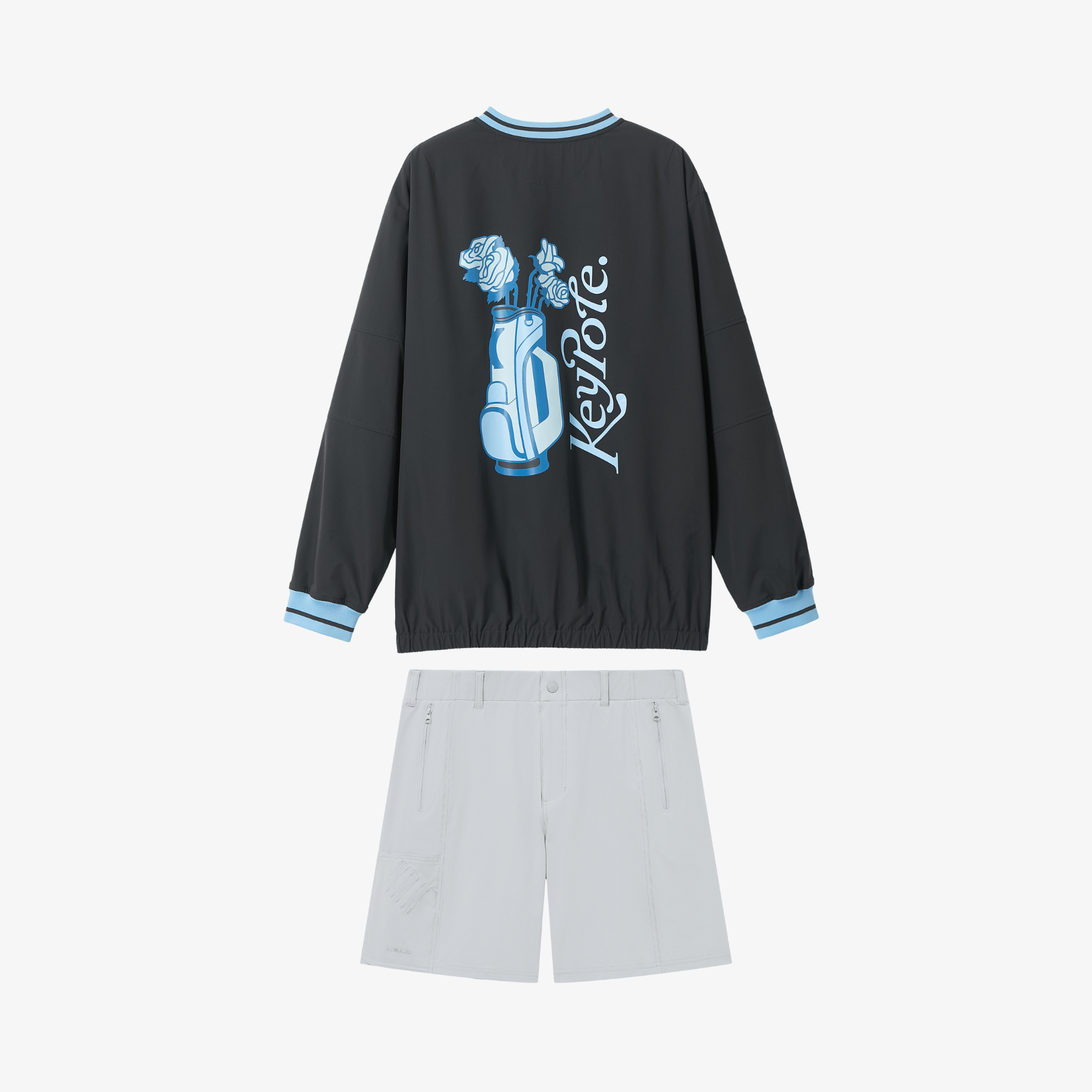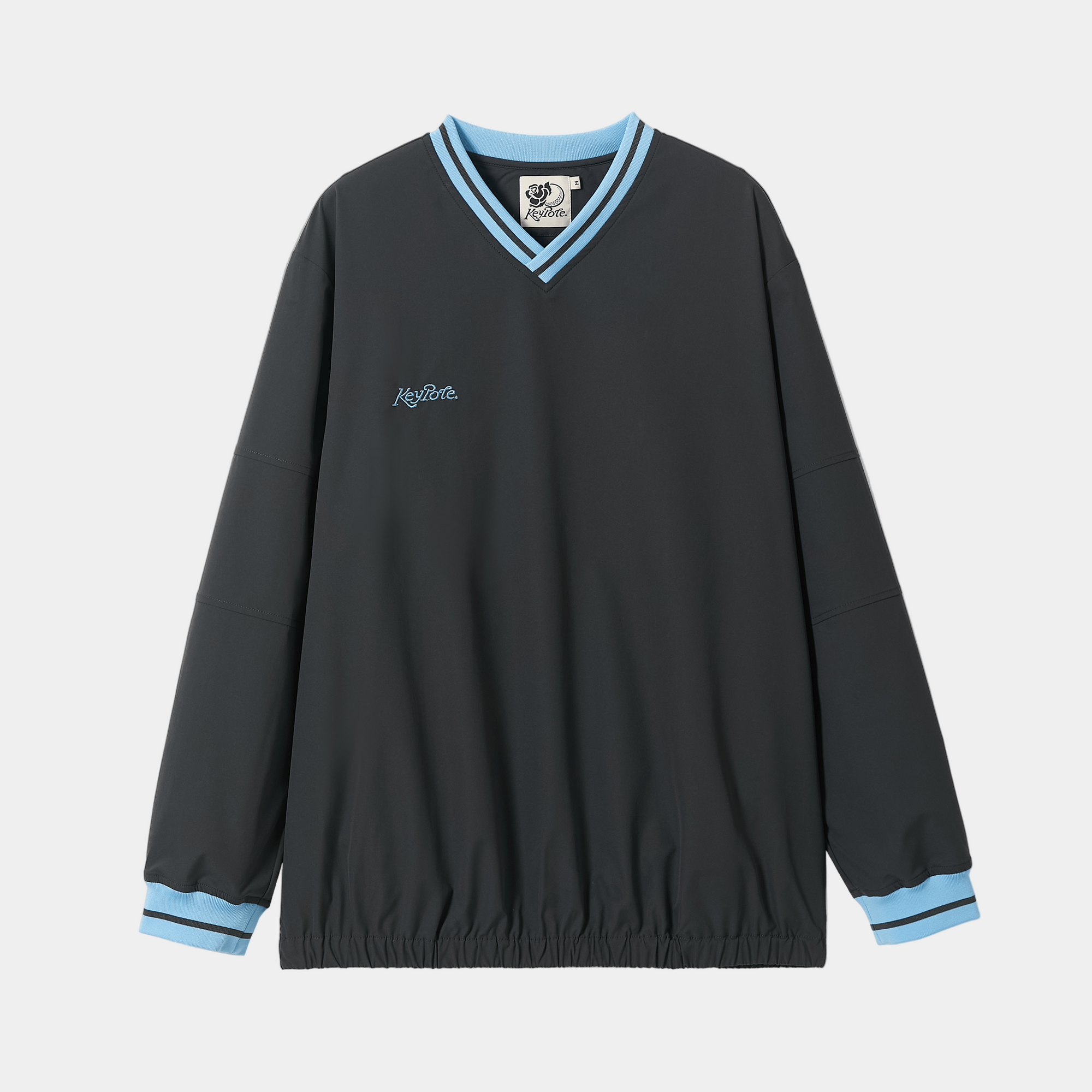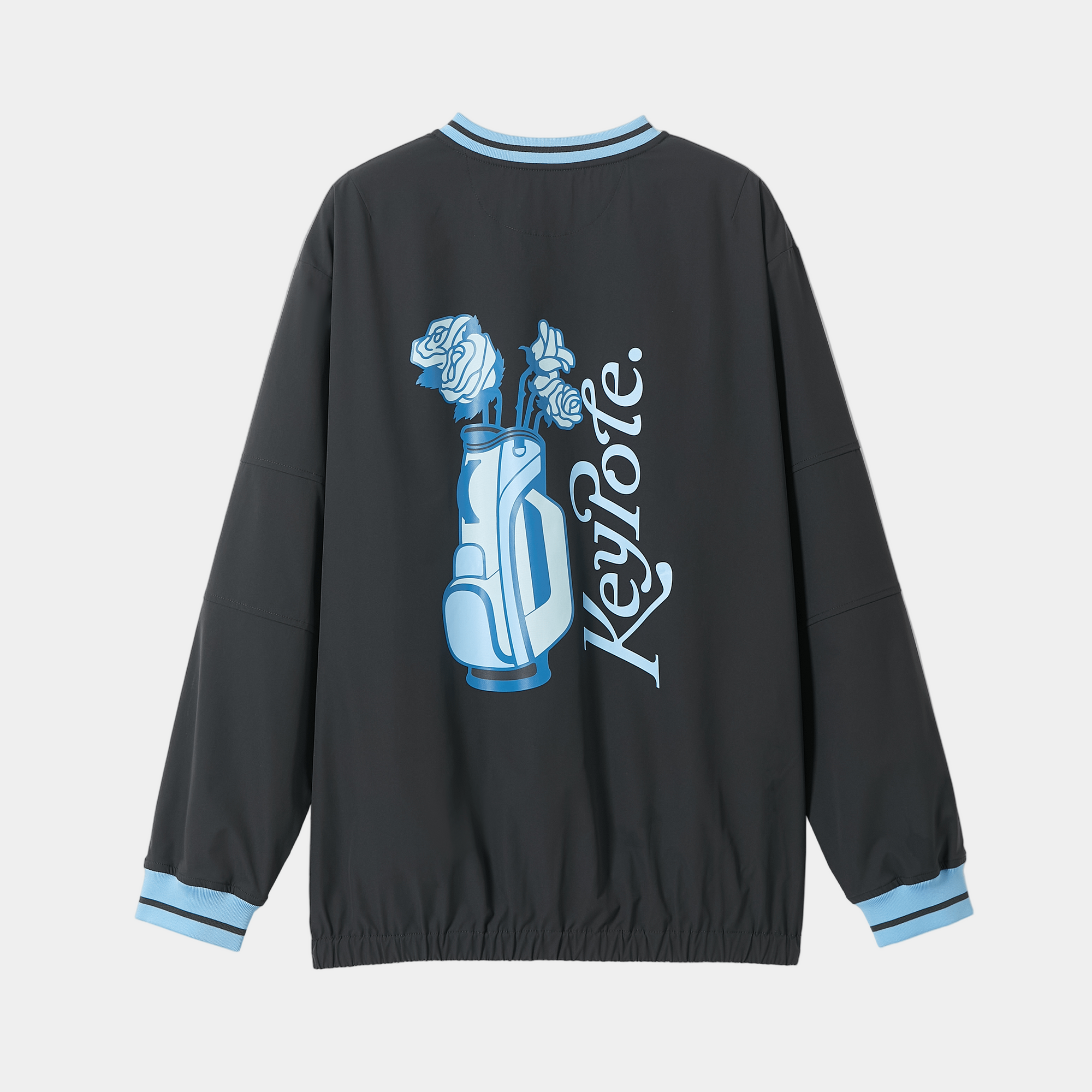Pickleball is the cheerful lovechild of tennis, badminton, and ping-pong—a paddle sport played on a small court where the rallies are quick, the learning curve is kind, and someone will inevitably mention “the kitchen” without cooking a thing. You serve underhand, trade zippy shots with a perforated plastic ball, and try to out-smart (not out-muscle) the folks across the net. It’s fast enough to feel sporty, forgiving enough to invite your friends, and social enough that you’ll leave with two new doubles partners and a post-game coffee plan.
Think of it as a game of smart placement and cat-like reflexes. Shots arc, skid, and pop; players edge up to the non-volley zone (that mysterious “kitchen”); and points swing on touch, timing, and teamwork more than raw power. One court comfortably hosts four players, which keeps the ball in play and the laughs frequent.
Why people get hooked fast:
-
Easy on-ramp: You’ll be rallying in minutes—no months of lessons required.
-
Small court, big fun: Less running, more action; great for all ages and fitness levels.
-
Accessible gear: A paddle, a few balls, court shoes, and you’re set—no string tension headaches.
-
Built-in community: Open play formats make it effortless to meet partners and rotate into games.
If you’ve ever wished tennis were a bit more approachable or ping-pong had a gym-class glow-up, pickleball is your happy middle ground: friendly, fast, and surprisingly strategic.

A Short History
The sport began as a happy accident. One summer on Bainbridge Island, Washington, three dads—Congressman Joel Pritchard, Bill Bell, and Barney McCallum—tried to entertain their kids with a badminton set, only to discover they were missing the shuttlecock. Improvisation ensued: a perforated plastic ball, some ping-pong paddles, a lowered net, and a backyard experiment that felt too good to be temporary.
-
1965: Backyard origins on Bainbridge Island; rules sketched to keep rallies lively and family-friendly.
-
Late ’60s: A permanent court goes in, and neighbors start asking, “What is this game?”
-
1976: The first recorded tournament kicks off in Washington—proof the pastime had outgrown the cul-de-sac.
-
2005: A national governing body forms (now USA Pickleball), standardizing rules and fueling organized play.
-
Late 2010s–today: Pro tours emerge, team leagues appear, and courts pop up everywhere from school gyms to chic clubs.
About that quirky name: some swear it came from the Pritchard family dog, Pickles, who chased errant balls; others say it’s from the “pickle boat” in crew—the mixed-crew last boat to finish. Whichever version you prefer, the moniker fits a sport that never took itself too seriously while quietly taking over the rec world.

How the Game Works
Pickleball rewards clever placement and quick feet more than brute force. Here’s the on-court anatomy and the plain-English rules that get you from “what’s a dink?” to “nice point!” in a single session.
Court & Lines
-
Size: 20' x 44' (same for singles and doubles).
-
Net: ~34" at the center, 36" at the posts.
-
Non-Volley Zone: A 7' strip on both sides of the net (aka “the kitchen”). You can step in to hit a ball that has bounced—you just can’t volley from in there.
-
Service areas: Each side is split into left/right service boxes. Serves are made diagonally into the opposite box.
-
Baselines & sidelines: If any part of the ball touches a line (except the kitchen line on a serve), it’s in.
Equipment
-
Paddles: Solid-faced (no strings). Common cores: polymer with fiberglass or carbon faces. Lighter = easier control; heavier = more pop.
-
Balls: Perforated plastic. Outdoor balls are typically harder with smaller holes; indoor balls are a bit softer with larger holes.
-
Shoes: Court shoes beat running shoes—better lateral support, fewer rolled ankles.
-
Starter kit: 1 paddle, 2–3 balls, water bottle, and sunglasses/eye protection if you’re outside.
The Rules in Plain English
-
The serve: Underhand with contact below the waist, paddle head below the wrist, feet behind the baseline. Serve diagonally and clear the kitchen line.
-
Let or no-let? Many groups play no-let—if your serve clips the net and lands in the correct box, play continues. Ask what your courts use.
-
Double-bounce rule: After the serve, the return must bounce, and then the serving team’s next shot must also bounce. After those two bounces, volleys are allowed (outside the kitchen).
-
Kitchen basics: You can’t volley while touching the non-volley zone (or its line). You can step in to play a bounce, then step back out.
-
Faults (common ones):
-
Hitting out or into the net.
-
Volleying while any part of you/paddle is in the kitchen.
-
Serving to the wrong box or from the wrong position.
-
Missing the required bounces after serve/return.
-
Scoring, Games & Formats
-
Side-out scoring: Only the serving side scores. Games are commonly to 11, win by 2 (some play to 15 or 21 in tournaments).
-
Calling the score in doubles: Three numbers—server score – receiver score – server number (1 or 2). Example: 6–4–2.
-
Service turns in doubles: The serving team keeps the serve as long as they win points. When a rally is lost, serve passes to the partner (server 1 → server 2). Lose again, it’s a side-out to the opponents. (At 0–0 to start, only one partner serves—that’s the “starting server exception.”)
-
Singles tweak: Same court, same rules—just one server per side. Serve from the right when your score is even, left when it’s odd.
That’s the skeleton of play: a compact court, a few elegant rules, and rallies that reward touch, timing, and good decisions. Ready to try it out?

Strategy 101
Think “smart placement over smash.” These habits turn beginners into annoyingly effective partners.
Own the kitchen line
-
After your return (or your partner’s third shot), move up in sync and stop with a split step as the opponent hits.
-
Keep the paddle up at chest height; your best volley is the one you don’t swing hard—just guide it back low.
-
If you’re stuck deep, reset: float a soft, high arc that lands in the kitchen and buy time to advance.
Third shot: drop vs drive
-
Drop when opponents are already at the net; make them hit up from their shoelaces.
-
Drive if a return comes short or sits high; aim at the inside shoulder or through the middle seam.
-
Mix in a drop after a drive—the change of pace is often what wins the point.
Aim smarter, not smaller
-
Hit feet, middle, and open court. The middle causes partner confusion; feet force pop-ups.
-
Avoid low-percentage sidelines unless the ball is above net height and you’re balanced.
-
On dinks, shape a soft cross-court arc; it travels over more net and gives you margin.
Team talk & simple stacking
-
Quick cues: “You,” “Me,” “Switch,” “Bounce” (reminds partner of the double-bounce rule under pressure).
-
If one player’s backhand is stronger in the middle, stack to keep that backhand on the centerline. Keep it simple: stack on serve; play “honest” (no stack) on return until you’re comfortable.
Mini playbook you can use tomorrow
-
Return deep, then close: deep returns buy time to reach the kitchen—don’t admire your shot, advance.
-
Two softs beat one hard: if a firefight starts below net height, soften and reset rather than trading speed-ups.
-
Speed-up rules: accelerate only from waist-high or better, and finish your paddle in front to block the counter.
-
When in doubt, middle out: pressured? Send it down the middle at knee height.
Lock in these patterns and the game starts feeling slower—because you’re taking time away from everyone else.

Common Mistakes (and Quick Fixes)
Everyone makes these in their first few sessions. Clean them up and rallies feel slower (in the best way).
-
Living on the baseline.
Fix: On every return, aim deep and move forward immediately. On your team’s third shot, plan the advance—split step at the kitchen as opponents hit. -
Death-grip paddle.
Fix: Loosen to a 3/10 grip for touch, 5/10 for drives. Softer hands = softer rebounds = fewer pop-ups. -
Reaching instead of moving.
Fix: If the ball is outside your comfy zone, step—don’t lean. Reaching lifts the paddle face and gifts sitters. -
Ignoring the middle.
Fix: Aim knee-high through the seam between opponents. It shrinks angles and forces awkward decisions. -
Talking in essays (or not at all).
Fix: Keep it to one-word cues: “Mine, yours, switch, bounce.” Decide who takes the middle before the serve.

Pickleball Glossary
Bookmark this cheat sheet and you’ll sound like a seasoned pickler by game two.
-
Dink: A soft, arcing shot that lands in the kitchen and stays low. It’s chess, not checkers—set up errors, don’t blast winners.
-
Kitchen (Non-Volley Zone): The 7' strip by the net. You can step in to hit after a bounce, but never volley from in there (or on the line).
-
Erne: A dramatic volley taken outside the sideline near the net, often by leaping the corner. Legal because your feet aren’t in the kitchen—flashy, but all about timing.
-
Third-Shot Drop: After you’ve served and they’ve returned, this gentle shot lands in the kitchen so you and your partner can advance safely to the net.
-
ATP (Around the Post): A curving shot hit so wide it goes around the net post and lands in—no need to cross over the net. Style points included.
-
Side-Out: When the serving team loses the rally and the serve passes to the other side. Only the serving team can score, so side-outs matter.
-
Stacking: Partners start on the same side after serve/return to keep preferred forehands/backhands in the middle. Requires quick shuffles to your actual spots.
-
Split Step: A tiny hop timed with your opponent’s contact, landing on the balls of your feet so you can explode left/right or forward/back. Turns panic into poise at the kitchen.
-
Reset: A soft, absorbing block or roll that drops into the kitchen to slow a firefight and get back to neutral—your antidote to chaos.
-
Speed-Up: A deliberate pace change from a dink or waist-high ball to catch opponents late. Aim at the body/inside shoulder and be ready to block the counter.
FAQs
Is pickleball hard to learn?
Not at all. Most beginners rally within minutes because the court is small, the serve is underhand, and touch beats brute force. Expect quick wins early—and a long runway of skill to grow into.
Can you play singles?
Yes. Same court and rules. Strategy tweaks: serve deep, recover to center, and use the even/right side when your score is even, odd/left when it’s odd. You’ll cover more ground, so pace yourself between points.
Do you have to stay out of the kitchen?
Only when volleying. You can step into the non-volley zone to hit a ball after it bounces, then step back out. A foot on the kitchen line during a volley is a fault—treat that line like lava when the ball’s in the air.
What’s the difference between indoor and outdoor balls?
-
Outdoor: harder plastic, ~40 smaller holes, faster and truer in wind, crack sooner in cold.
-
Indoor: slightly softer, ~26 larger holes, a touch slower, friendlier on gym floors.
Pick the ball for the surface you’re playing on—your shots will behave as intended.
Get Started
Ready to try it? Grab a paddle, snag a sleeve of balls, and run the 15-minute warm-up above—then text a friend and call next game. You’ll be trading dinks and grins before your second serve.
Your 3-step launch plan
-
Step 1: Warm up with dinks → drops → serves (5 minutes each).
-
Step 2: Play a mini to 7 focusing on soft hands and smart targets (feet, middle, open court).
-
Step 3: Jot one cue for next time—“looser grip,” “split step,” or “aim middle.”
Shop Erthe Golf Pickleball — now live
Our Pickleball section is officially open at Erthe Golf. Explore fashionable, performance-ready apparel and accessories built for court time and effortless, court-to-street style.
Want early access to new drops and limited releases? Join our list and be first to shop what’s next.
